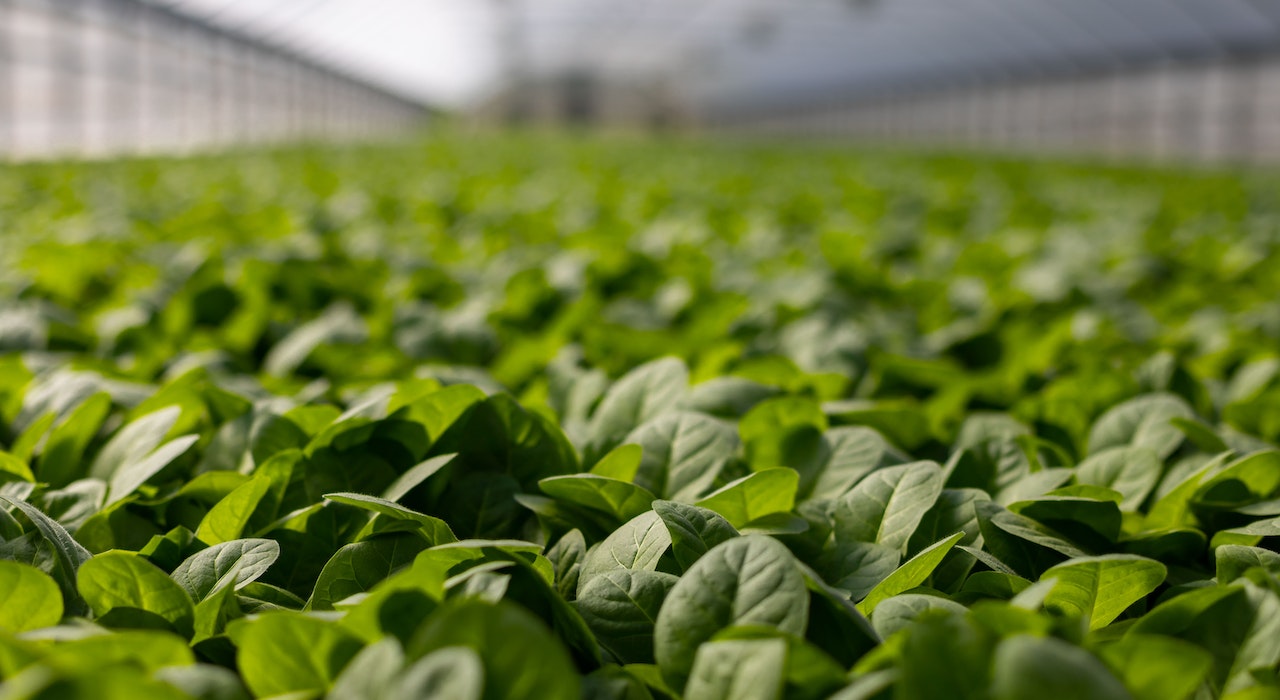The Power of Carbon Credits in Agriculture for Land Management
In the face of climate change, the agricultural sector plays a crucial role in both contributing to greenhouse gas emissions and mitigating their impact. Sustainable land management practices are essential for reducing carbon emissions and promoting climate resilience.
In this blog, we will explore the power of carbon credits in agriculture for land management and how they are transforming the industry.
Overview of the power of carbon credits in agricultural practices
Agriculture plays a significant role in both contributing to greenhouse gas emissions and offering solutions for climate change mitigation. In recent years, the power of carbon credits in agricultural practices has emerged as a transformative force, incentivizing sustainable farming methods and driving positive environmental change. Let's delve into an overview of the power of carbon credits in agricultural practices and explore how they are shaping a more sustainable future for the industry.
Carbon credits in agriculture are market-based instruments that reward farmers and landowners for their efforts in reducing greenhouse gas emissions or sequestering carbon. By participating in carbon credit programs, agricultural practitioners can earn credits based on the amount of carbon dioxide equivalent they remove from the atmosphere or prevent from being released.

The power of carbon credits in agriculture is significant and multifaceted. They provide financial incentives, drive the adoption of sustainable land management practices, contribute to climate change mitigation, and foster collaboration and knowledge-sharing within the agricultural community. By harnessing the potential of carbon credits, farmers can actively contribute to reducing greenhouse gas emissions, enhancing soil health, and building a more sustainable and resilient agricultural sector. The widespread adoption of carbon credits in agriculture holds great promise for shaping a greener and more sustainable future.
The Power of Carbon Credits in Agriculture
Explanation of carbon credits
Carbon credits are a market-based mechanism designed to incentivize the reduction of greenhouse gas emissions. They play a crucial role in the global effort to combat climate change by providing a framework for organizations and individuals to offset their carbon footprint and support projects that reduce emissions or remove carbon dioxide from the atmosphere.
Carbon offset markets and trading systems
The concept of carbon credits is rooted in the principle of cap-and-trade systems. Under these systems, a limit, or cap, is set on the total amount of greenhouse gas emissions allowed within a specific jurisdiction or sector. This cap is divided into individual allowances, or credits, which represent a specific amount of emissions.
Projects that generate carbon credits fall into two main categories: emission reduction projects and carbon sequestration projects. Emission reduction projects focus on implementing technologies or practices that reduce greenhouse gas emissions. Examples include renewable energy projects, energy efficiency initiatives, waste management programs, and reforestation efforts.
The certified carbon credits can then be traded on various carbon markets, where they are bought and sold by entities looking to offset their emissions. The price of carbon credits can vary depending on factors such as supply and demand, the quality of the credits, and the specific market conditions.
Carbon offset markets and trading systems are platforms where carbon credits are bought and sold, allowing organizations and individuals to compensate for their greenhouse gas emissions by supporting emission reduction or carbon sequestration projects.
>>>> Learn more at: Factors Influencing Carbon Offset Prices and Evaluating the Cost-Effectiveness
Carbon Credits in agriculture for land management
Carbon credits in agriculture for land management are a powerful tool for incentivizing sustainable practices, promoting carbon sequestration, and mitigating greenhouse gas emissions. By participating in carbon credit in agriculture, farmers and landowners can earn credits for their efforts in reducing emissions or sequestering carbon, which can then be sold or traded to organizations seeking to offset their own emissions.
This section will explore the role of carbon credits in agriculture for land management and highlight their benefits and potential impact.
- Financial Incentives: Carbon credits in agriculture provide financial incentives for farmers and landowners to adopt sustainable land management practices. By implementing practices that reduce emissions or enhance carbon sequestration, farmers can earn credits. These credits can generate additional revenue streams, offsetting the costs associated with implementing sustainable practices and making them more economically viable.
- Carbon Sequestration: Agriculture has the potential to sequester significant amounts of carbon dioxide from the atmosphere. Practices such as planting trees, restoring wetlands, improving soil health, and adopting sustainable grazing techniques can enhance carbon sequestration on agricultural lands.
- Emission Reductions: In addition to carbon sequestration, carbon credits in agriculture also incentivize the reduction of greenhouse gas emissions. By adopting practices that minimize emissions, such as optimizing fertilizer use, managing livestock waste, and implementing energy-efficient technologies, farmers can generate credits based on the emissions avoided or reduced.
- Environmental Benefits: The adoption of sustainable land management practices driven by carbon credits brings multiple environmental benefits. These practices help improve soil health, increase water retention, reduce erosion, enhance biodiversity, and promote ecosystem resilience. They contribute to the conservation of natural resources, protect water quality, and support wildlife habitats.
- Climate Change Mitigation: Agriculture is both a contributor to greenhouse gas emissions and a sector that can actively contribute to climate change mitigation. By participating in carbon credits in agriculture programs, farmers and landowners can play a vital role in mitigating climate change by reducing emissions and sequestering carbon.
- Knowledge Sharing and Collaboration: Carbon credits in agriculture programs foster collaboration and knowledge sharing among farmers, researchers, and experts. The implementation of these programs often involves the exchange of best practices, innovative techniques, and scientific knowledge. Farmers can learn from one another, share their experiences, and collectively contribute to the development and adoption of sustainable land management practices.

Carbon credits in agriculture has significant advantages for farmers.
Carbon credits in agriculture for land management offer significant advantages for farmers, landowners, and the environment. By harnessing the power of carbon credits, farmers can play a vital role in building a more sustainable and climate-resilient agricultural sector while contributing to global efforts to address climate change.
How to get Carbon credits in agriculture?
The answer is: Partnering with credible carbon credit providers is essential to ensure the legitimacy and effectiveness of your carbon credit projects.
AirX is one of the leading carbon offset providers in the industry. Over the last 5 years, AirX has been at the forefront of innovation, utilizing coffee grounds to create negative carbon biogenic materials. This groundbreaking approach involves turning the carbon found in biomass into useful materials, effectively substituting traditional plastic materials while capturing carbon in the process. Their aim is to deliver tailor-made solutions through the use of coffee-based polypropylene, enabling businesses to achieve their carbon-negative objectives in a cost-effective manner.
These composites made from coffee grounds offer several advantages as a biobased biodegradable plastic alternative. Firstly, they utilize a readily available waste product—coffee grounds—reducing the environmental impact associated with their disposal. Secondly, by combining coffee grounds with recycled plastics, these biocomposites contribute to the circular economy by incorporating post-consumer materials into the production process.
>>>> Learn more at: Top 3 Carbon Offset Providers
Contact us
AirX is the world's first carbon-negative bio-material made from coffee grounds manufacturer.
We specialize in producing bio-based composites using recycled carbohydrates derived from by-products such as coffee grounds, coconut husk, husk, and bamboo. Our goal is to promote sustainability through the use of eco-friendly materials.
We are always here to help and provide the best service possible. If you have any questions or would like to receive advice and feedback directly from our sales staff, please do not hesitate to contact us. You can reach us through:
- Whatsapp: +84 969 742 950
- Email: [email protected]
We look forward to hearing from you!

